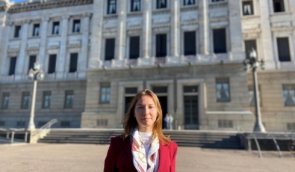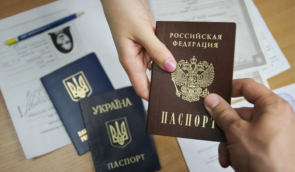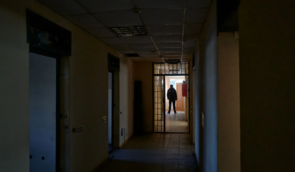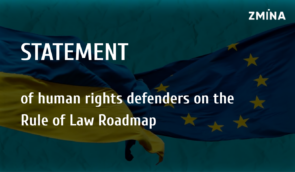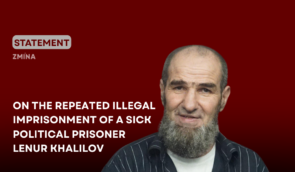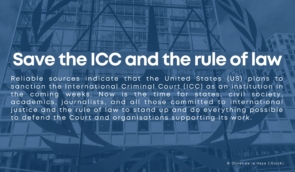Human rights activists collected data on 260 officials involved in repressions in Crimea
Human rights activists reported the identification of more than 260 officials involved in the persecution of Ukrainian citizens in the temporarily occupied Crimea.

This is reported by the Human Rights Centre ZMINA, Censor.NET reports.
Among them are investigators, prosecutors and judges, most of whom are local collaborators or Russian citizens who have been transferred to the peninsula.
The collected data is included in the so-called “Black List of Officials”, which will become the basis for international and national sanctions, as well as possible prosecutions for violations of international humanitarian law.
Since the beginning of the occupation of Crimea, Russia has been systematically violating human rights through illegal arrests, politically motivated prosecutions, deportations and torture. Since Russia’s full-scale invasion, these violations have significantly increased, but the perpetrators have not yet been held accountable.
“In order to be able to bring the occupation officials to criminal responsibility for human rights violations in Crimea in the future, there must be an effective mechanism at both the national and international levels. Therefore, the creation of the Black List of Officials aims to show a holistic picture of the number of officials involved in the persecution and illegal detention of civilians in the occupied Crimea and in the territory of the Russian Federation, as well as the types of crimes committed by these officials, in order to impose personal sanctions,” the human rights activists noted.
Over the decades of occupation, many cases of enforced disappearances, extrajudicial executions and discrimination against the Crimean Tatar people and other Crimean residents have been recorded on the peninsula.
Over the 10 years since the annexation of Crimea, Russia has replaced more than a third of the peninsula’s population.
If you have found a spelling error, please, notify us by selecting that text and pressing Ctrl+Enter.





